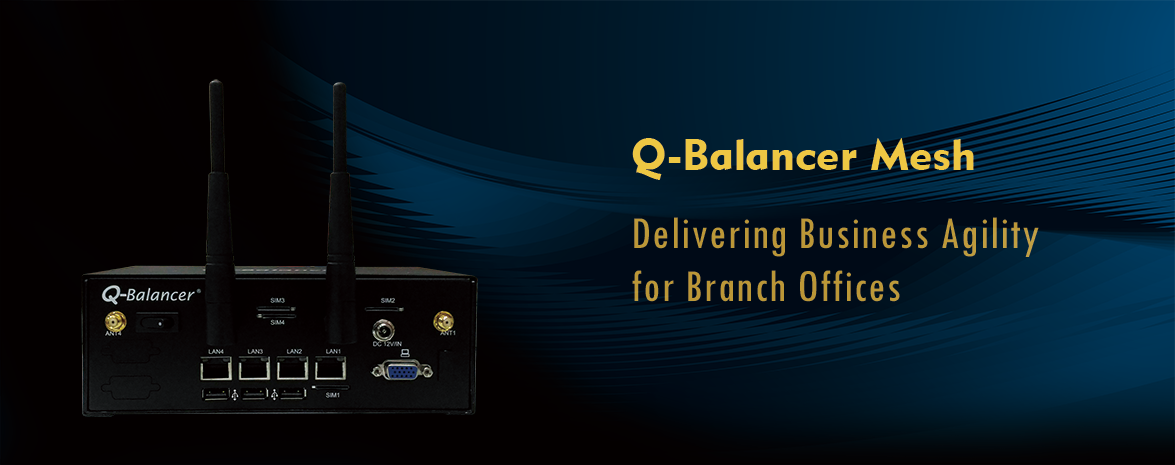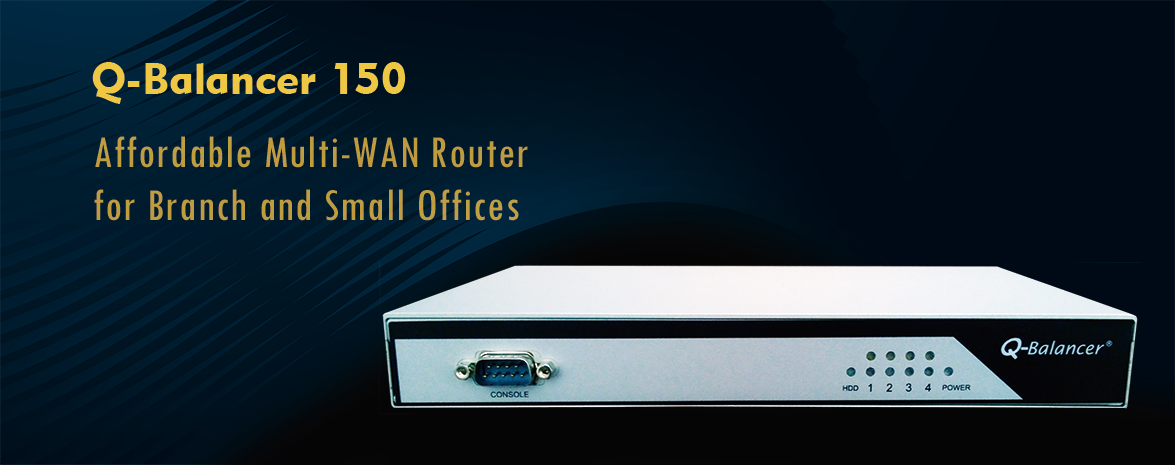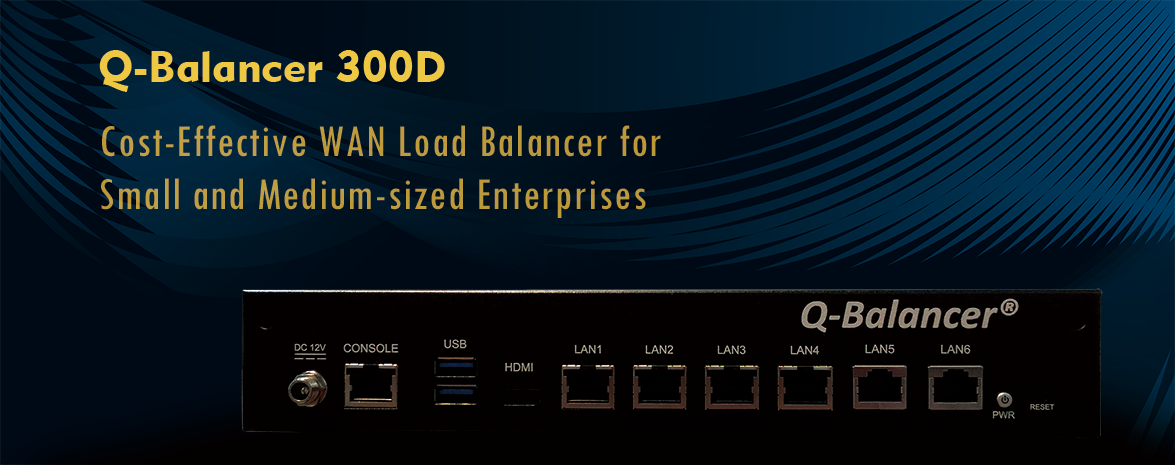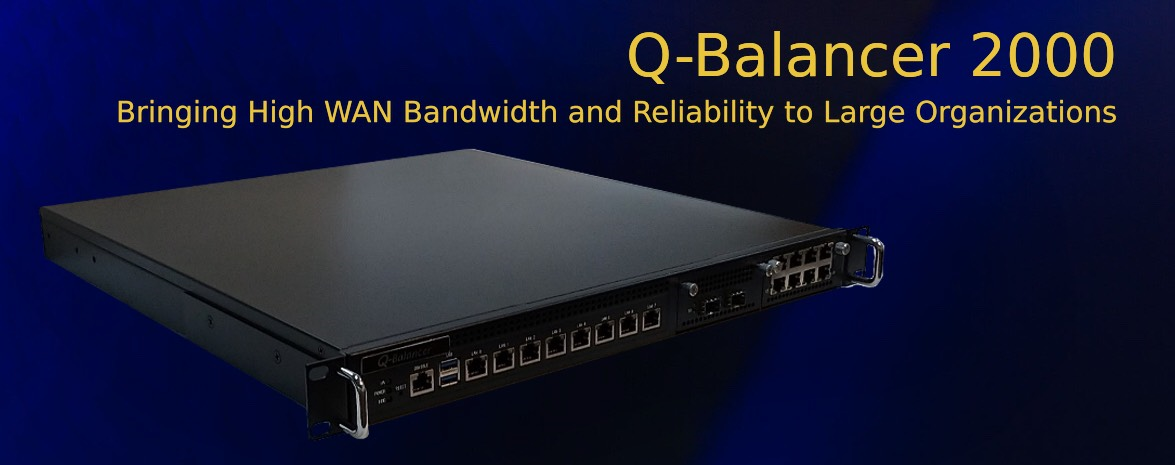Mitigating the Impact of Packet Loss with Forward Error Correction
Transmission Control Protocol (TCP) is a reliable transport protocol that has been tuned to perform well in networks where packet losses occur mostly because of congestion. In the event of packet loss, TCP resends any segments that have not been acknowledged. TCP can help networks recover from packet loss; however, retransmitting missing packets causes a noticeable decrease in throughput across the networks. Packet loss will also cause TCP to assume that the network is suffering from congestion, which will trigger its built-in congestion avoidance algorithms. The end stations then exponentially back off the rate of their transmissions, and then slowly increase their rate of transmissions over time. While this helps retain the data integrity, it also reduces the rate of transmissions.
However, this approach doesn’t work for real-time applications, e.g. voice and video, whose delivery are time-sensitive; plus, the lost packets will no be resent as they are UDP packets. When voice or video packets are lost, the results are garbled speech and pixelated video.
> Forward Error Correction
Forward error correction (FEC) controls data transmission errors over unreliable or noisy communication channels. The technology sends out message with an extra error-correcting code, allowing the receiving end to recover from packet loss and other errors that occur during transmission.
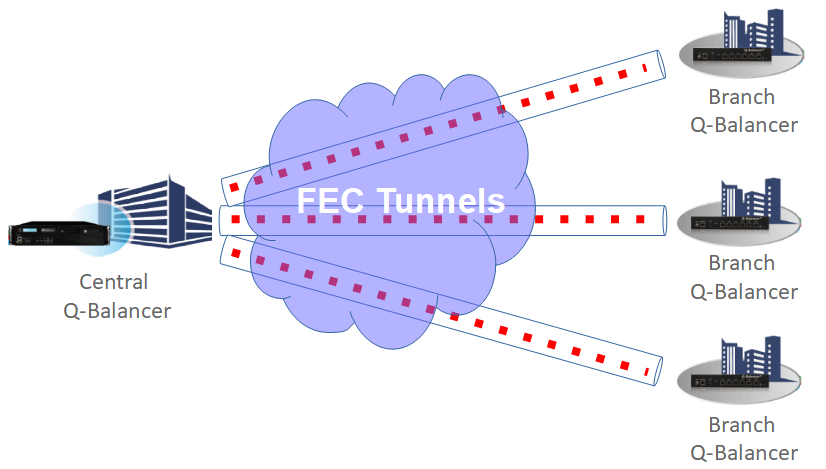
FEC Configuration between Q-Balancer Devices
FEC is particularly suitable for networks that leverage packet-level bandwidth bonding when transmitting traffic across a WAN. The combination of FEC and link bonding results in better audio and video quality and improved application throughput.
Top Benefits
> Mitigated impact from instances of packet loss
> Maximized throughput to applications for optimal performance
> Control transmission errors over unreliable or noisy communication channels
> Suitable for networks that leverage packet-level bandwidth bonding



